The drive to Dripping Springs Garden takes you through truly stunning views of the Ozarks. Once you arrive, the peace of the farm settles over you. On a recent visit, the fog of a cool spring morning nestled into the lush dark greens of the foliage. Here and there, the white domes of greenhouses sat like large stones in a misty creek.
 The natural beauty of Arkansas is on full display at Dripping Springs. The farm itself is enchanting. There is something very special about it. Possibly it’s the peaceful, almost primordial, setting. It could be the Zen-like work activities. Maybe it’s both, but the sense of peace is palpable. One wants to linger in that self-contained little world, soaking it in. Then, inspired, go out and make the whole world more like Dripping Springs.
The natural beauty of Arkansas is on full display at Dripping Springs. The farm itself is enchanting. There is something very special about it. Possibly it’s the peaceful, almost primordial, setting. It could be the Zen-like work activities. Maybe it’s both, but the sense of peace is palpable. One wants to linger in that self-contained little world, soaking it in. Then, inspired, go out and make the whole world more like Dripping Springs.
Much of that Zen vibe at the farm comes from the personalities of owners and partners, Mark Cain and Michael Crane. Talking to them, is inspirational. Their love of the land, knowledge of horticulture, and commitment to mentoring is quite moving. They have carefully cultivated four productive acres of organically grown vegetables, herbs and flowers. The story behind the development of the farm explains much of its character.
In the mid-seventies, Mark was a biology student at the University of Illinois. During a year of studying abroad in France, he became a bit bored with his curriculum. He ventured to Germany, finding work on a dairy farm in the alps. On that small European farm, Mark discovered a sense of peace, and a lifestyle that appealed to him. After returning to the states, he finished his degree and found work at a community garden project.
While reading a gardening book, Mark discovered a reference to the “Mystic Gardener” Alan Chadwick. He was fascinated. Chadwick has been called “the greatest horticulturist of the twentieth century” and was a master of the Biodynamic French Intensive Method. He led the organic gardening and farming movement in the U.S. in the seventies and was revered as a “gardener of souls” by his students. He was known for encouraging them to be competent, authentic and creative humans as well as horticulturists.
Mark was inspired to take an exploratory trip to California in hopes of meeting and studying with Chadwick. Within a couple of months, he did just that, working on a Chadwick project in the northern part of the state. Next, Mark interned at UC Santa Cruz on Chadwick’s famed original project there. It was in that lush bountiful garden that Mark began to sense he was at “home”. His interest in horticulture had sparked into a life choice.
Life altering inspiration struck again when Mark met Masanobu Fukuoka in California while apprenticing at USC. Fukuoka, a Japanese farmer and philosopher, is celebrated for his natural farming techniques. He was a proponent of no-till, no-herbicide cultivation and traditional farming methods. Mark was inspired by Fukuoka’s “Do Nothing” method, which places value on observing and working with nature’s own principles.
These two masters influenced Mark’s own farming journey. As he puts it, their teaching led him to “find my own way, somewhere between the polarities of an exuberant, eccentric English horticulturist and a Zen nature-master.” To see Dripping Springs Garden is to understand this. The two philosophies are perfectly expressed in the peaceful, Zen-like, exuberance exhibited there.
Meeting Michael Crane, a native of the Ozarks, is what led to a farm in Arkansas. Mark was working on a Mississippi farm when he decided it was time to buy land and have a farm of his own, where he could do things his way. While exploring possible areas to purchase land, he met like-minded Michael in Eureka Springs. The two took off on a traveling gig together for a year, planting trees in Florida for a paper company to earn some land-buying money. After returning in 1984 they purchased what was then a secluded blueberry farm about an hour’s drive east of Fayetteville.
The farm needed a lot of work, so they began taking on interns in the very first year. It is a tradition they have continued and developed for more than thirty years now. This makes Dripping Springs a natural fit for the CAFF apprentice program. At Dripping Springs, the apprentices live in on-farm housing. They gain not only horticultural skills, but also learn about selling, business management, and even work-life balance. The curved terraces of the farm offer valuable experience in adaptive techniques for the flinty, rocky soil often found in northwest Arkansas. Each week the farm crew harvests for their CSA customers and to sell direct at the Fayetteville Farmers Market. Many of those who apprenticed at Dripping Springs have gone on to develop farms of their own.
Mark and Michael have created something beautiful and inspirational at Dripping Springs. Most importantly, they have passed their knowledge on to decades of young farmers, nurturing much more than just a few acres in the hills of Arkansas.
More information on the farm is available at DrippingSpringsGarden.com

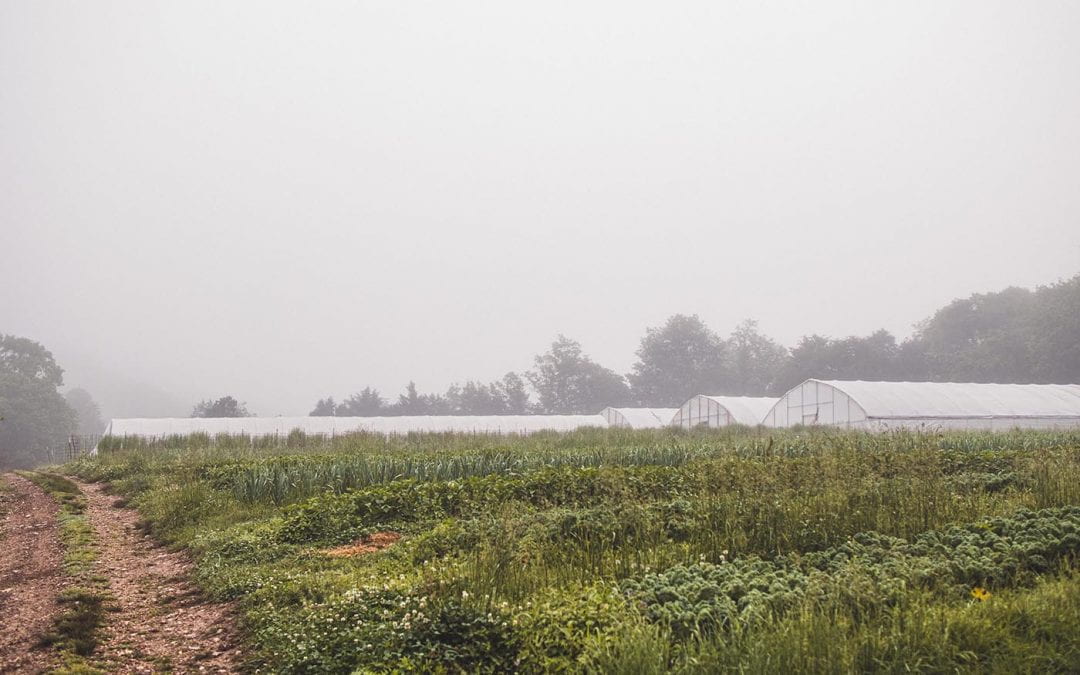
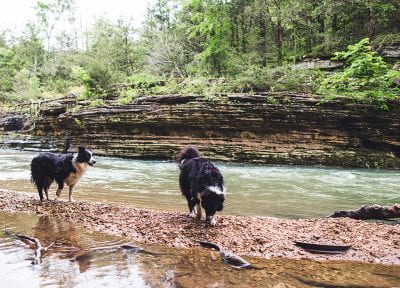
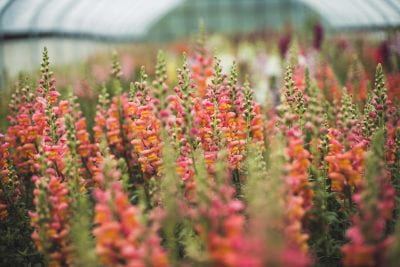
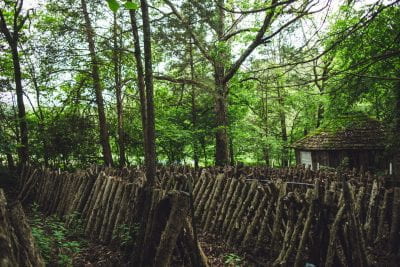
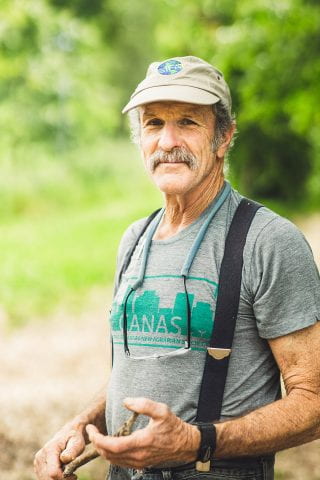
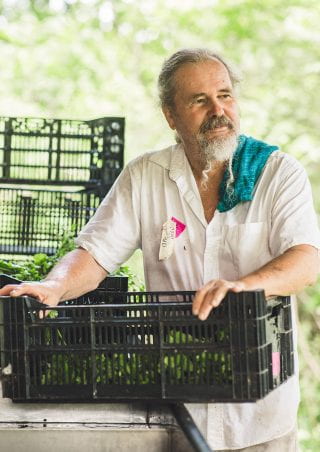
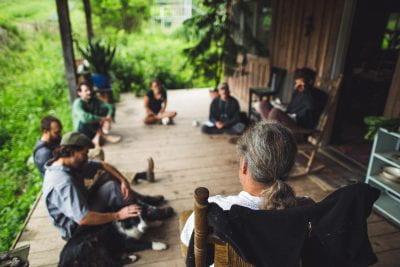

Recent Comments